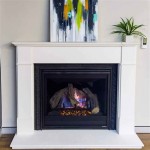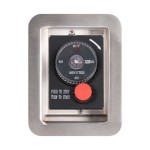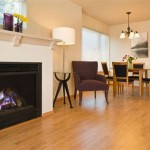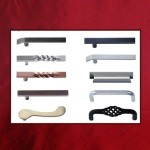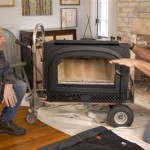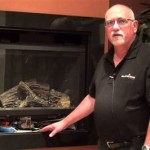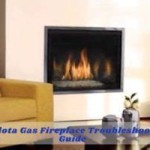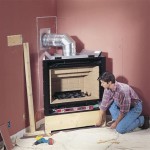The Blue Flame in Gas Fireplaces: An Essential Aspect
Gas fireplaces have become increasingly popular due to their convenience, efficiency, and aesthetic appeal. One of the most striking features of a gas fireplace is the blue flame that dances within it. This blue flame is not just visually pleasing; it also indicates that your fireplace is operating efficiently and safely. Here are some essential aspects of the blue flame in gas fireplaces:
1. Flame Color
The blue flame in a gas fireplace is produced by the complete combustion of natural gas or propane. When the gas burns completely, it produces carbon dioxide and water vapor, which are both colorless gases. However, the flame appears blue due to the presence of excited carbon atoms. These atoms absorb energy from the flame and then release it in the form of blue light.
2. Flame Height
The height of the flame in a gas fireplace is regulated by the gas flow rate. When the gas flow rate is increased, the flame will become taller. Conversely, when the gas flow rate is decreased, the flame will become shorter. The ideal flame height for a gas fireplace is approximately 4 to 6 inches. A flame that is too tall may indicate excessive gas flow, while a flame that is too short may indicate insufficient gas flow.
3. Flame Shape
The shape of the flame in a gas fireplace can vary depending on the type of burner used. Some burners produce a straight, steady flame, while others produce a more dancing, flickering flame. The shape of the flame does not affect the efficiency or safety of the fireplace, but it can impact the overall ambiance and aesthetics.
4. Troubleshooting Flame Problems
If you notice any problems with the blue flame in your gas fireplace, such as a yellow or orange flame, flickering, or excessive soot production, it is important to troubleshoot the issue. Yellow or orange flames can indicate incomplete combustion, which can be caused by a variety of factors, including a dirty burner, incorrect gas flow, or a problem with the air supply. Flickering flames can be caused by a loose connection or a problem with the gas regulator. Excessive soot production can be caused by a dirty fireplace or a problem with the combustion process.
5. Safety Considerations
The blue flame in a gas fireplace is generally safe, but it is important to take certain precautions to ensure the safe operation of your fireplace. Never leave a gas fireplace unattended while it is burning. Keep flammable materials away from the fireplace, and do not attempt to adjust the flame height or gas flow rate yourself. If you notice any problems with the blue flame or have any concerns about the safety of your fireplace, contact a qualified gas technician for assistance.

Why Does A Propane Flame Burn Blue

Why Is My Gas Fire Pit Flame Blue And How Do I Fix It

What Is A Ventless Fireplace Doctor Flue Inc

Ventless Gas Glass Fire Stainless Steel Fireplace And Blue

What Colour Should A Gas Flame Be Harlow

Why Gas Fireplaces Have A Blue Flame Can It Be Changed Fireplace Tips

Why Gas Fireplaces Have A Blue Flame Can It Be Changed Fireplace Tips

Napoleon Blue Glass Beads Gas Fireplace Media Kit Fireplaces Usa

Gas Burning Fireplace Blue And Orange Flame 18803511 Stock At Vecy

Is It Safe To Keep The Pilot Light On Gas Fireplace Elegant Fireside

